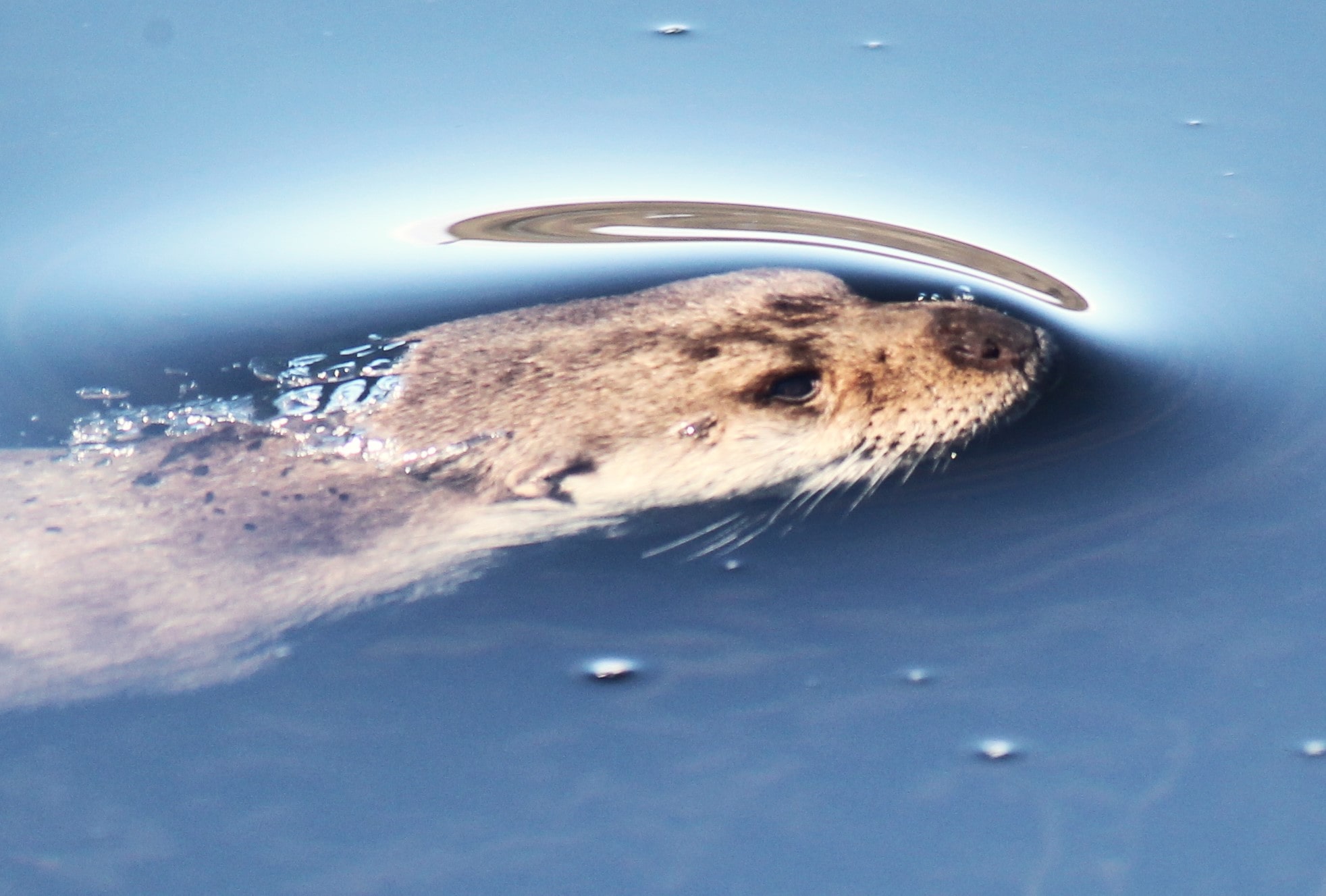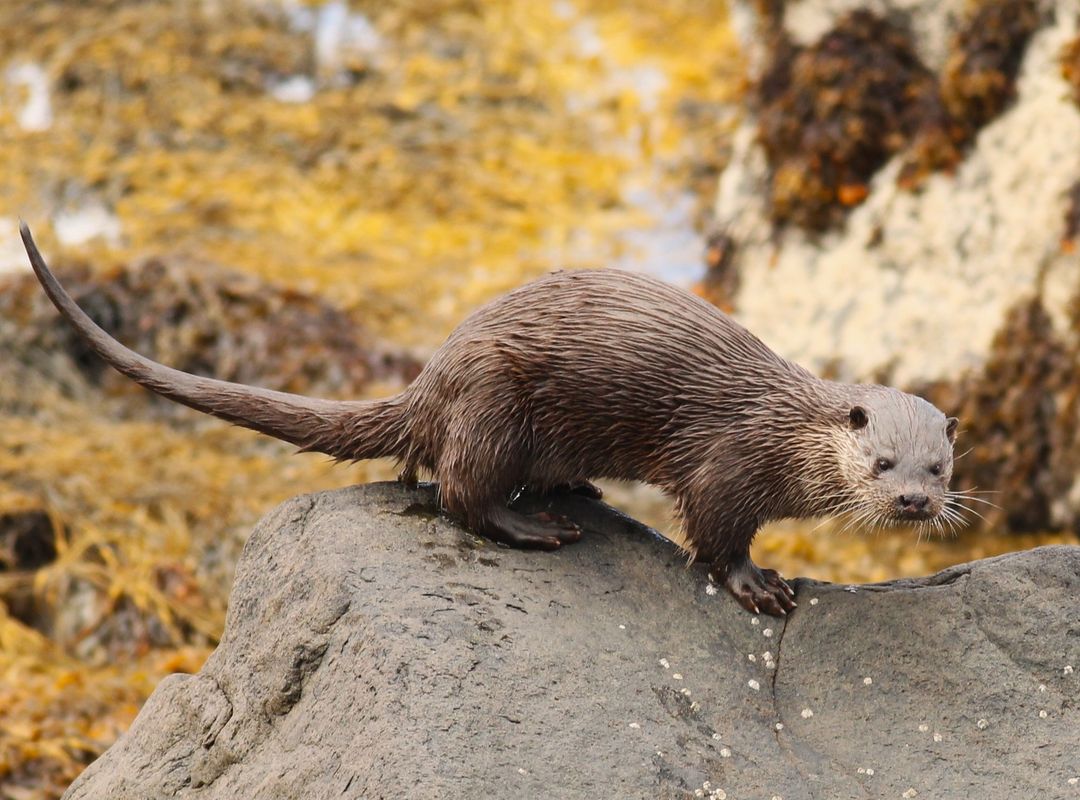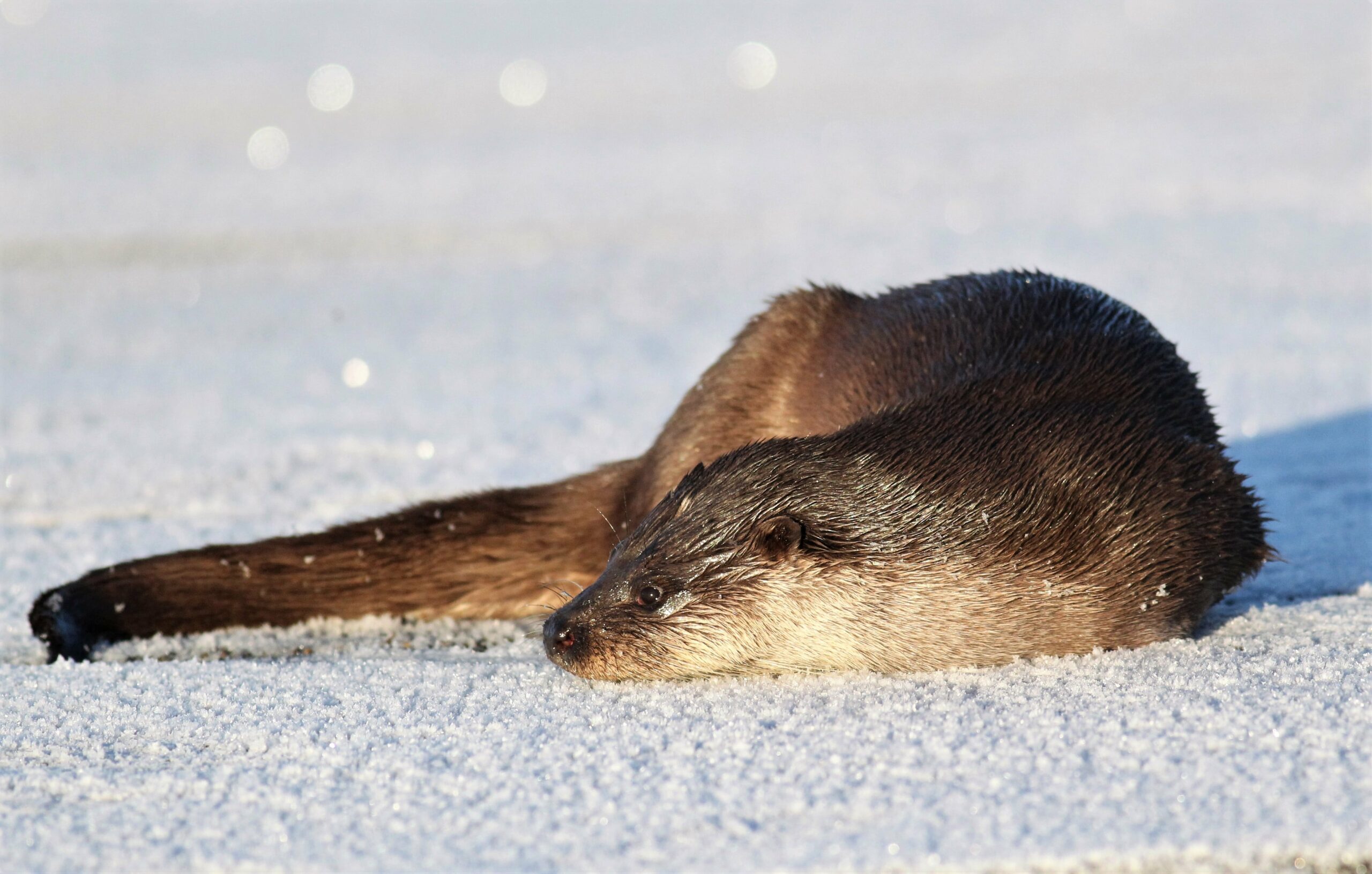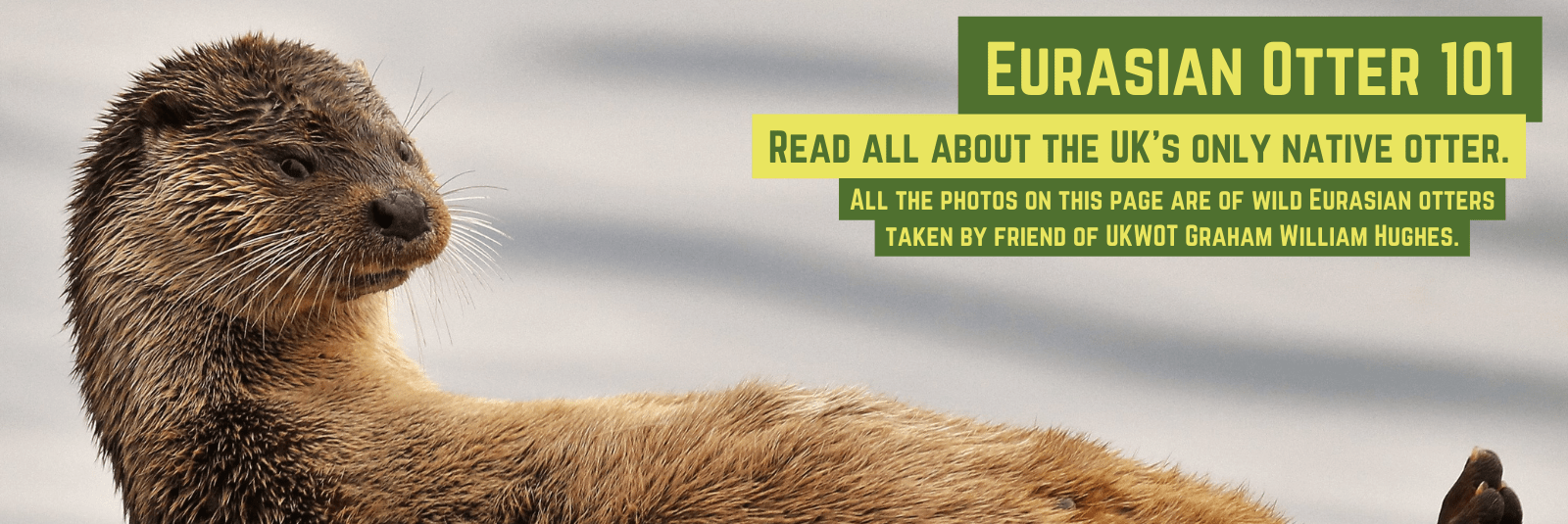
Where in the world?
The Eurasian otter has been in the UK for millions of years; it is a member of the Mustelid family, which also includes the badger, mink, weasels, stoats, martens and polecats, and is the only truly semi-aquatic member of the weasel family. Eurasian otters are found in the wild in Britain and Scotland. They are found as far west as west coast of Ireland, and as far east as China; south to North Africa and north to the Arctic Circle. They inhabit lakes, rivers and rocky coasts.

Otter-ly Awesome Facts
- The average otter is 1–1.3 metres in length, and weighs up to 9kg.
- Otters primary senses are hearing, smell and eyesight although their eyesight is not the strongest sense.
- Otters are mostly solitary, meaning that they live alone.
- They have sensitive whiskers around snout to help detect prey.
- Otters are strong swimmers. They have many adaptions for swimming – long streamlined bodies with strong tails, webbed feet and they can close their ears and nostrils whilst underwater.
- Its eyes are placed at the top of the head, so it can remain alert whilst the rest of the body is underwater.
- They have 2 layers of fur: a thick waterproof outer one and a warm inner one with 50,000 hairs/cm2.
- They live in holes in river banks called holts; a holt will have a few different entrances to protect against flooding, with at least one entrance being above water level.
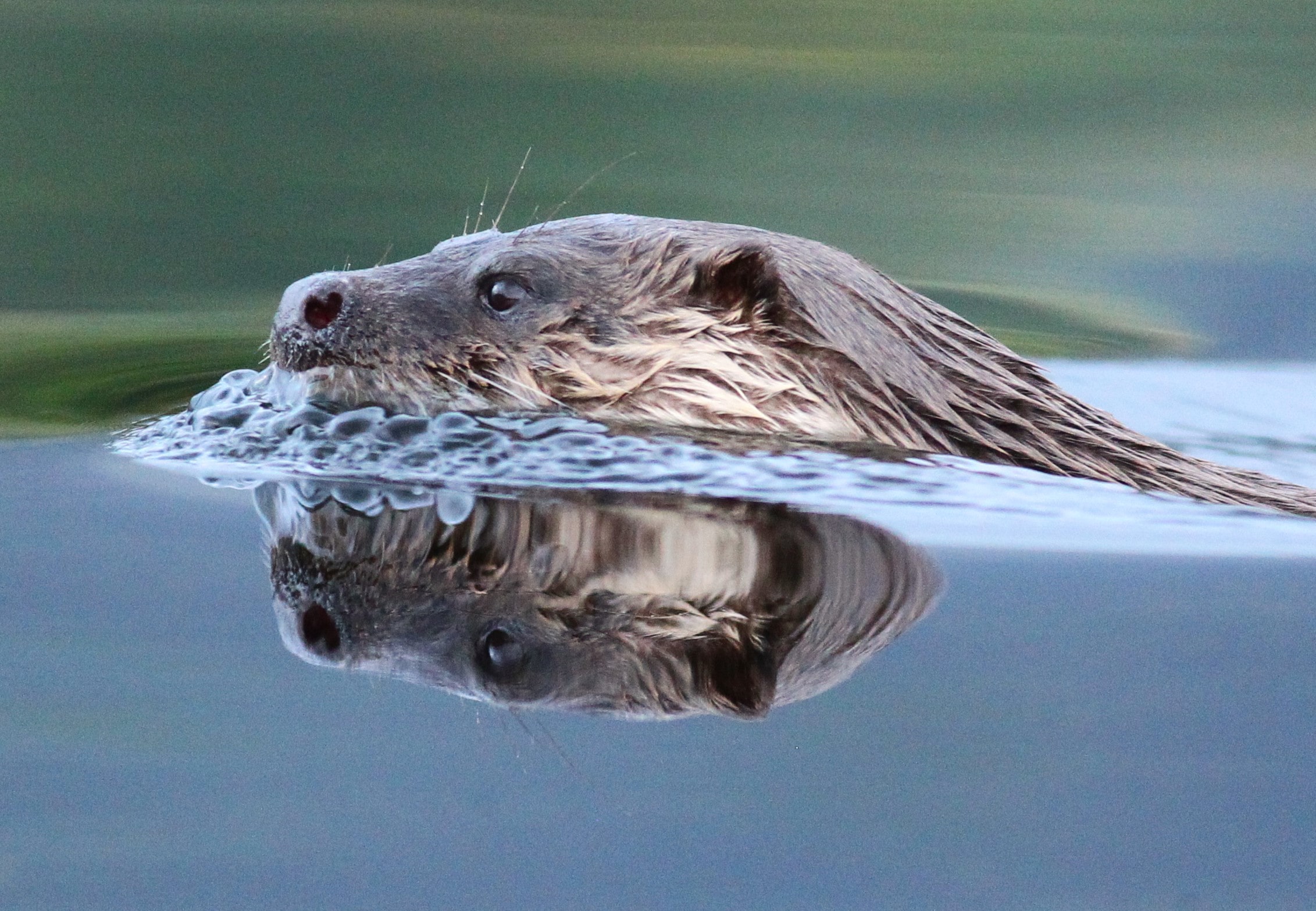
Behaviour
- Their diet consists of roughly 80% fish, but they will prey upon birds, mammals and frogs if fish are in short supply.
- Otters are strong swimmers, but are unable to hold their breath underwater for long periods and usually dive for no more than 30 seconds at a time.
- They communicate via whistles, twittering noises and spitting sounds, which can be heard at night when it is quiet and still.
- They also communicate using spraint. Over 100 different scent components of otter dropping have been identified. About 17 of these are thought to contain information on sex and even individual recognition, which can be used by other otters.
- Otters have very large territories – 20-30 km of river bank or 3-4 km of coast, for females, and a male’s home range will include several females. Holts (an otters home) maybe used for shelter and breeding – an otter will have many of these in its territory. A holt may be a burrow, a natural hole or a hole in the rocks . They also have resting sites , called couches, which are often in dense vegetation by the side of water.
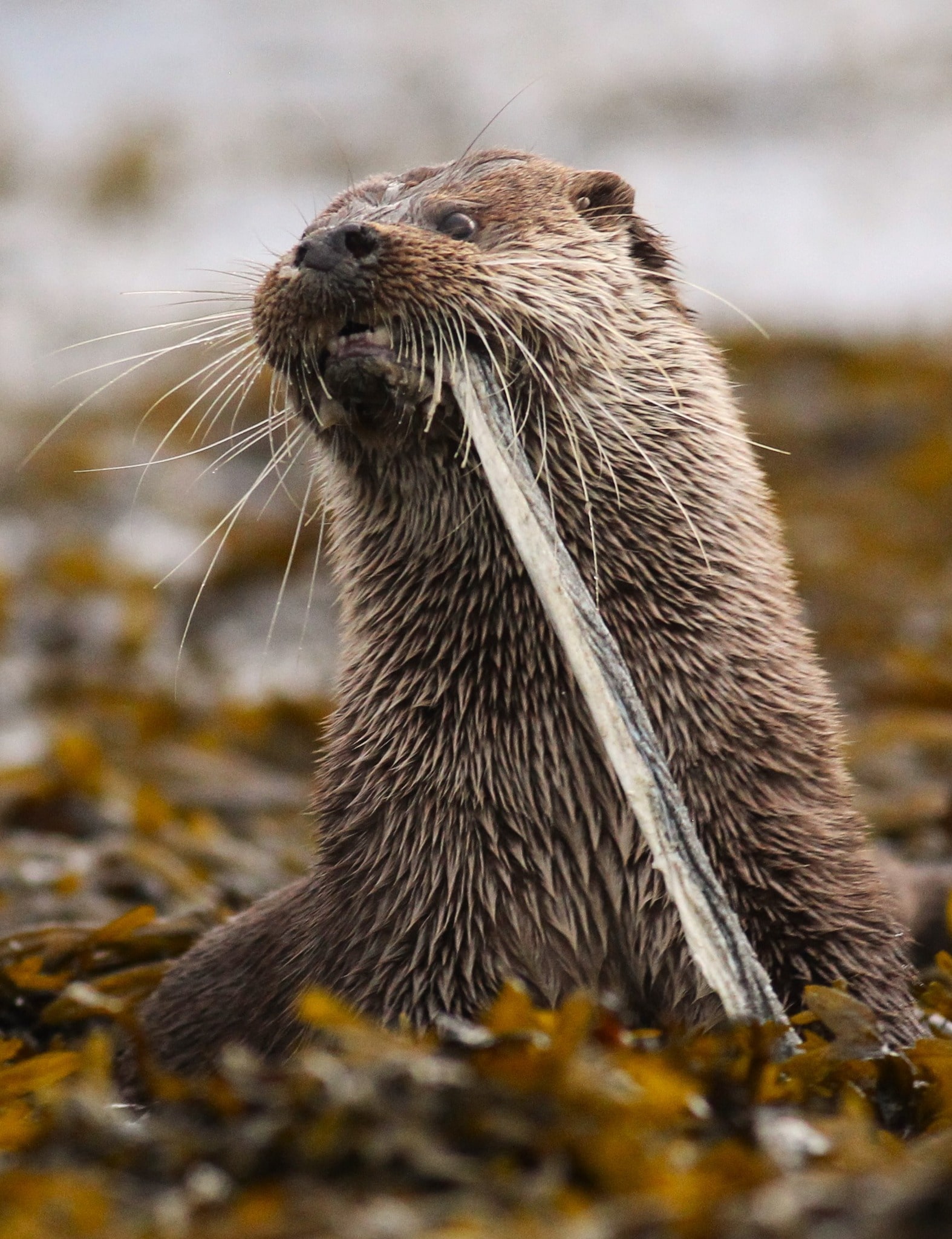
Breeding
- Their gestation period is 9 weeks and they can breed at any time of the year, although this usually occurs in spring.
- They have 2 or 3 cubs weighing no more than 40g.
- Youngsters will open their eyes within 5 weeks.
- They are not born natural swimmers, and very often adults will force their young into the water for their first swimming lesson.
- Cubs will stay with and remain dependent upon their parents for over a year.
- They will start to leave at 14 to 15 months old.
- They sexually mature at 2 years old.
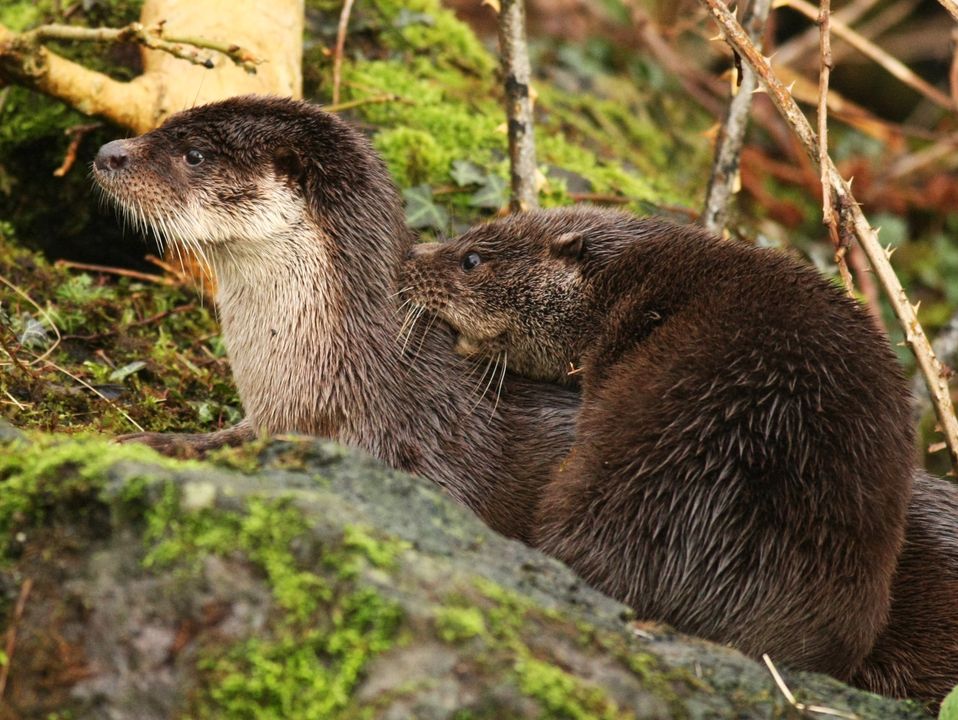
Conservation & Threats
Otters are protected by law. It is illegal to hunt them, trap them or disturb them. The otter receives the highest protection possible, as a European protected species – and its holts are protected too.
Unfortunately, even though the species has made a distinct comeback and is now found often in our rivers, wild otters rarely live beyond 4 years of age. The oldest recorded otter reached around 19 years of age, but this is exceptional.
Reports now state that otters inhabit every county in the UK – great news for the otter – but our river systems still require extensive habitat management to restore them to a healthy level that can sustain fish stocks and wildlife. This is essential to ensure that the otters reduce predation of stillwater lakes and, of course, so that anglers are able to enjoy their historic and popular pastime and live in harmony with the beautiful otter.
In recent years the otter has encountered new and varied threats:
-
- Road traffic accidents. In certain parts of the country road deaths are considerably high – this is something we at the UK Wild Otter Trust want to address by helping with under-road tunnels to help reduce the number of road casualties.
- Habitat destruction (road building, new urban development).
- Persecution by fishery owners and gamekeepers (as they are seen as a threat to fish and game birds – which is untrue).
- If near the sea, injury and capture in fishing nets.
- Changes in traditional farming methods also play a part in threatening the otter via the increasing use of pesticides.
